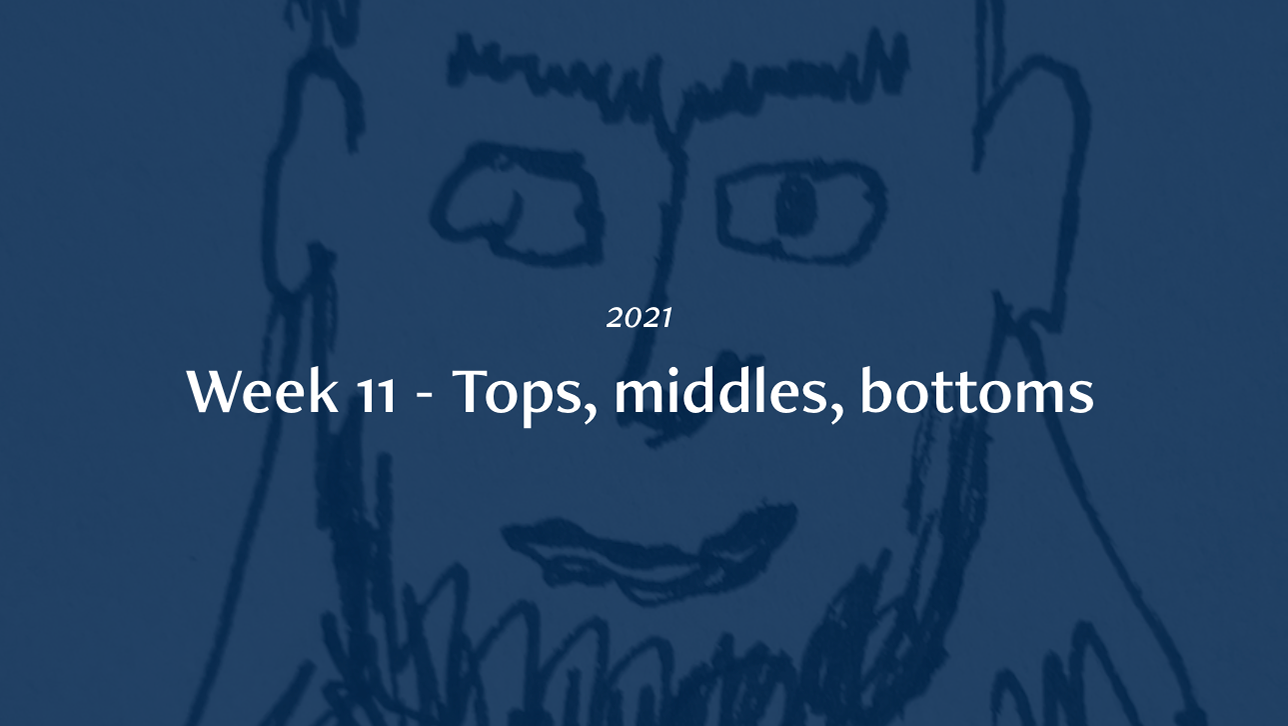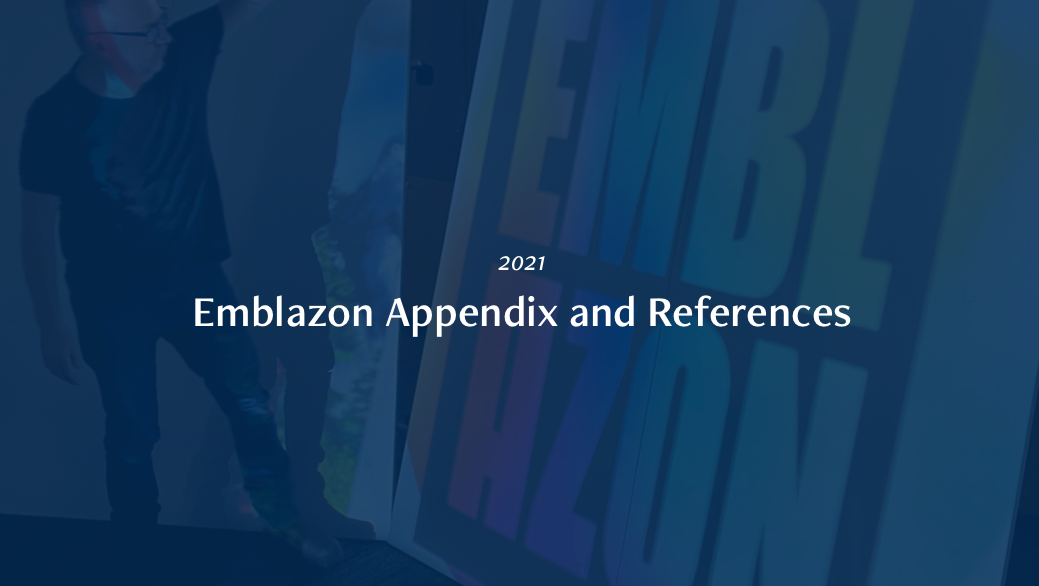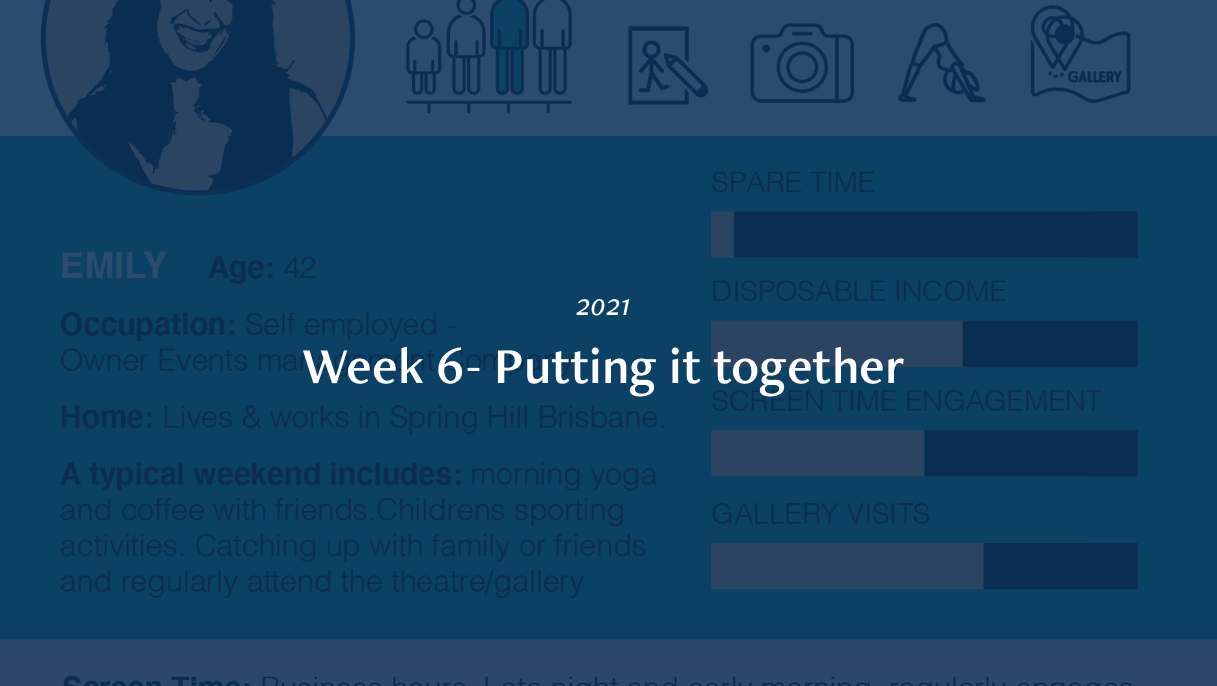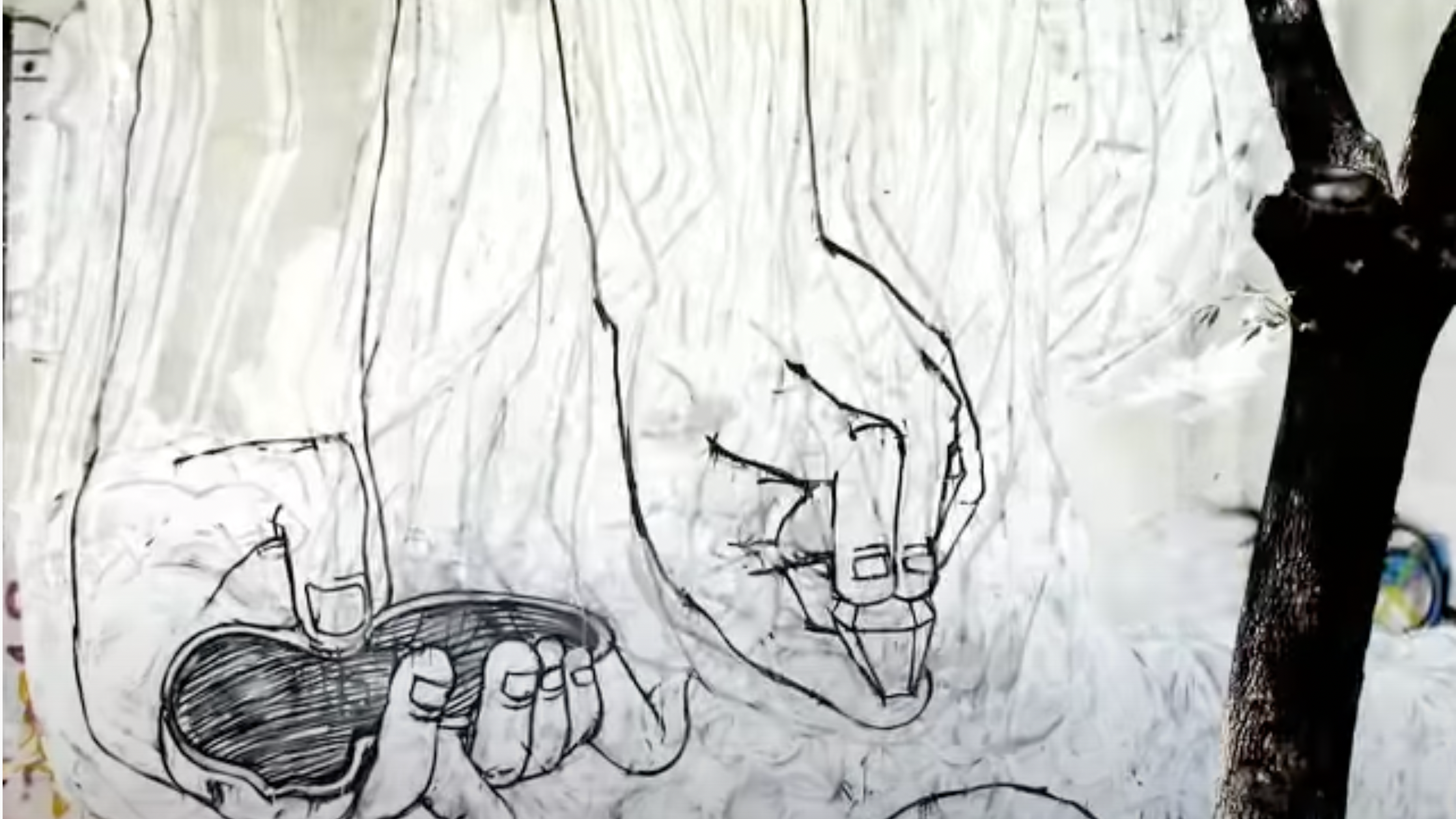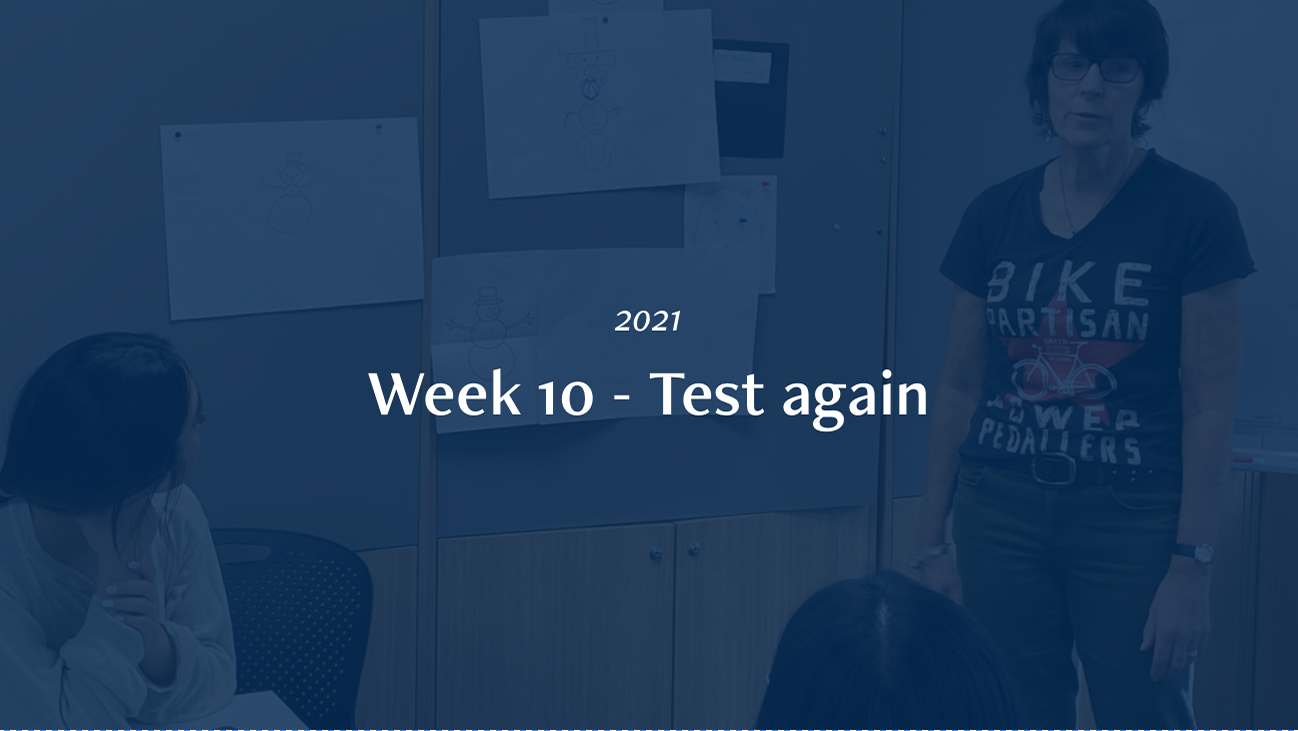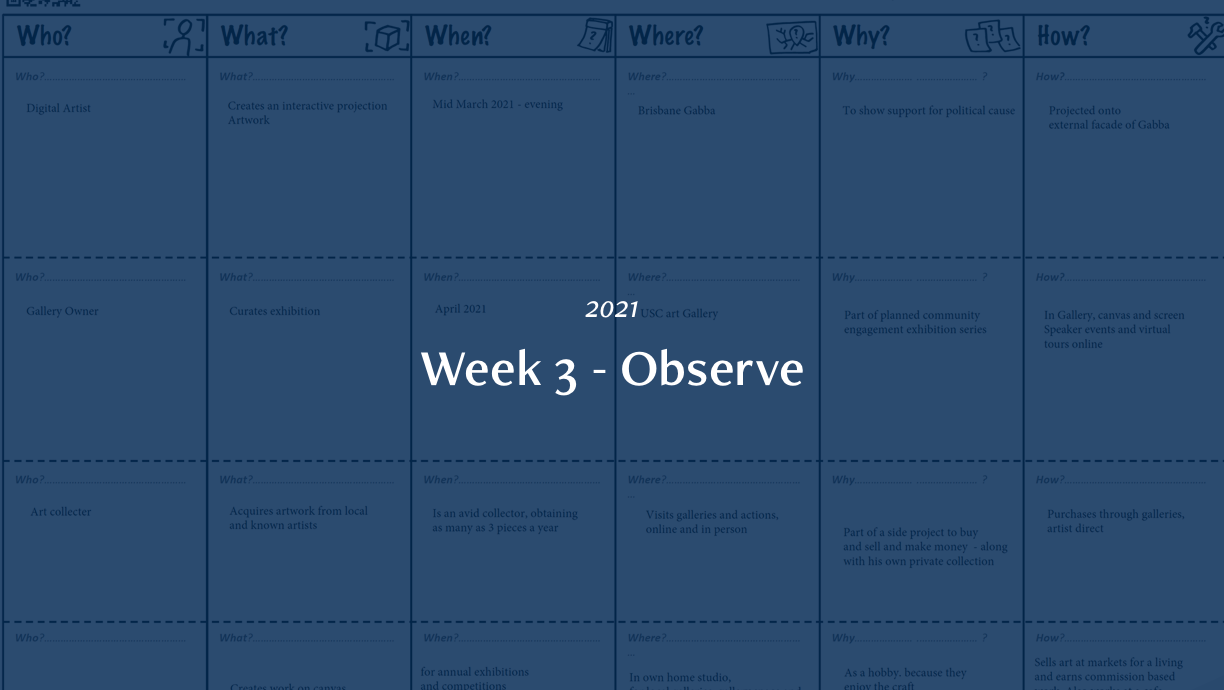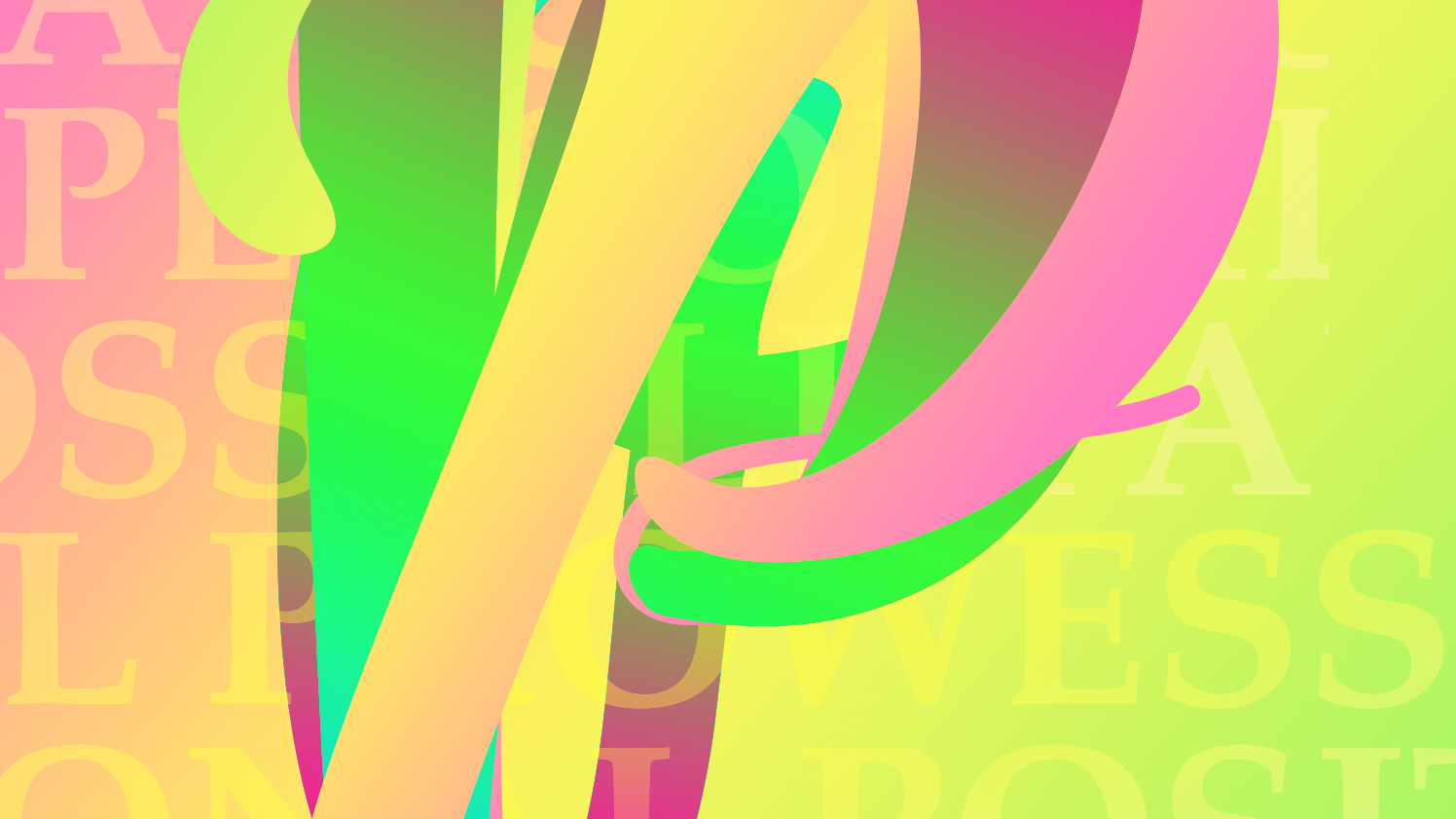understand, observe, synthesise,
End Goal is to create a problem statement
5 Whys
Primary Research
Empathy Mapping
I've been thrown a little with the resources this week because now I'm trying to link my simple screen time ideas with bigger picture social issues and this has not helped me in my decision-making process. I'm not sure if this is the intended outcome. I still want to make sure that I choose a topic that is enjoyable and interesting. I do not need to do serious real life topics because I already have clients that have serious real life topics and I would like to take the opportunity to do something really creative and exciting.
The biggest issue I find with the screens in the interconnected security and logins - however after much research I have decided to leave this topic be, I may use some of the research in my direction but the solutions are too tech orientated and speculative to consider - As a GRAPHIC designer I am unable to see how visual solutions might be helpful. Any advances in UX to solve frustration and multi device are compromised by privacy and data security.
So primary research (interviewed 15 children from 8-14 years old) has revealed that attention is the biggest issue they see with mobile phones and family peers. They are a distraction. The wearable tech offers some solution to this (although some research has revealed the notifications can be even more distracting ) and this area could be applied to a bigger social issue. A bit like the look up campaign - FOMO can be leveraged to parents with children in the park/ pool etc. IT might be a swim safe campaign - so many parents on the beach or pool are looking at phones instead of watching children etc
I am keen to explore this concept - 2020 saw huge opportunity and uptake in digital technologies by museums and Galleries. It was a way of maintaining audience interaction and consumers. Now that conferences / exhibitions, concerts are all being streamed, festivals like Vivid that adopted projections and screens are integrating and merging the traditional sector with the digital. Animation of artwork is also gaining momentum as a way of telling the artists stories more effectively
TOPIC CHOSEN
A few topics overlapped in my research, which helped me take a decisive course for this project. Augmented reality - using screens to enhance our urban environment and art and design and Big screen experience - the collective sharing of assembling around a screen either for entertainment or for education/work etc.
WHAT IF SCREENS REPLACE THE CANVAS
This question can be broken down into 3 further sections
1. Augumented Reality, Animation and Motion graphics to modify and enhance our experinece and engage with traditional art media/canvas
2. Using screens and projections to showcase art within Galleries/ museums. Focus on sustainablility, motion and interaction with Audience whilst enabling access to art thorugh personal screens and devices in the home
3. The design of spaces and platforms to enable immersive art experiences, mixed media exhibitions and audience engagement
Examples below for each of these areas investigated. Further research and academic research can be found in more detail on the miro board.
1. Augumented Reality, Animation and Motion graphics to modify traditional art media/canvas
Source - https://www.boredpanda.com/i-made-van-gogh-paintings-full-of-life/?utm_source=google&utm_medium=organic&utm_campaign=organic
2. Using screens and projections to showcase art within Galleries
https://insights.htacertified.org/articles/new-media-digital-video-art
3. The design of spaces and platforms to enable immersive art experiences
https://insights.htacertified.org/articles/new-media-digital-video-art
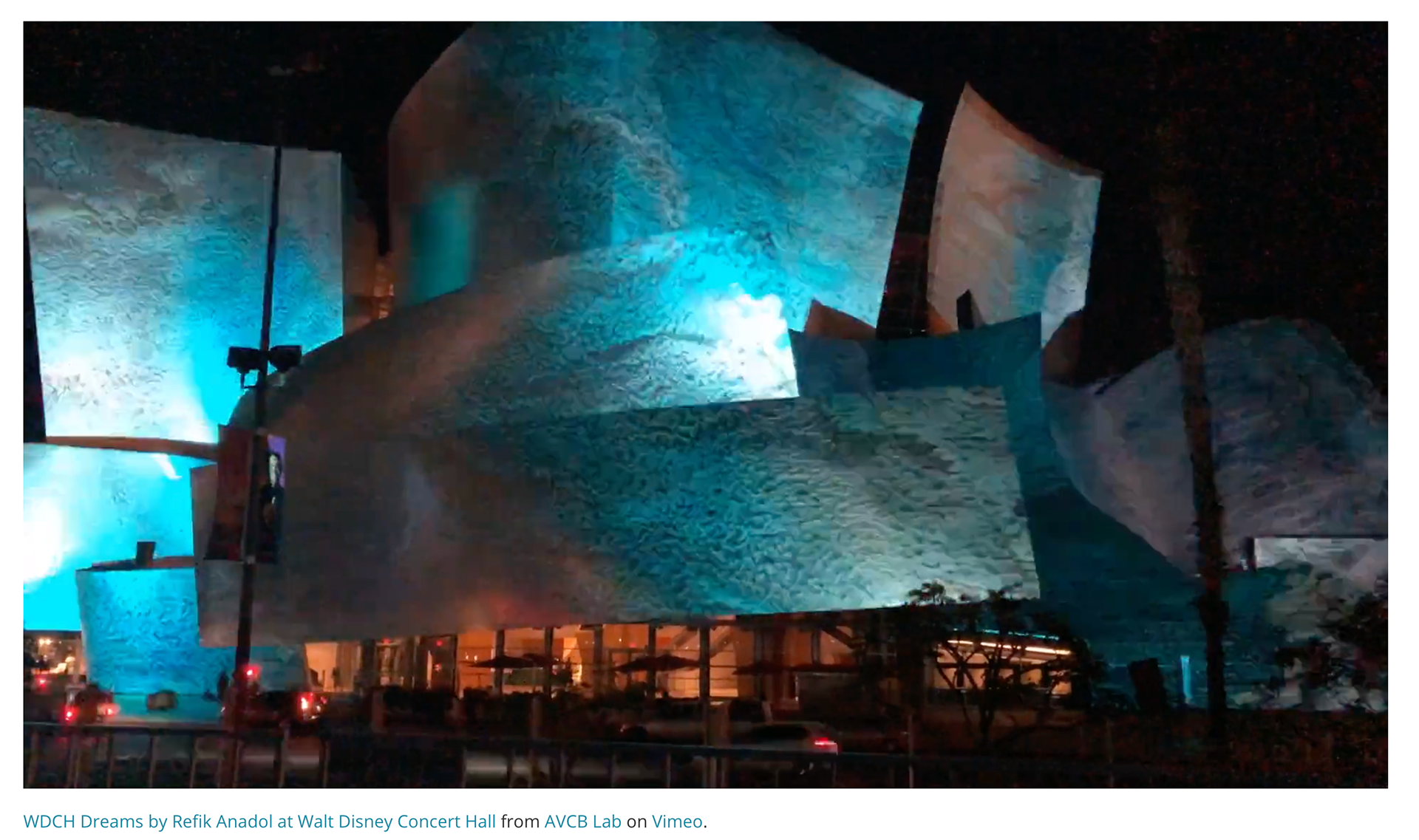
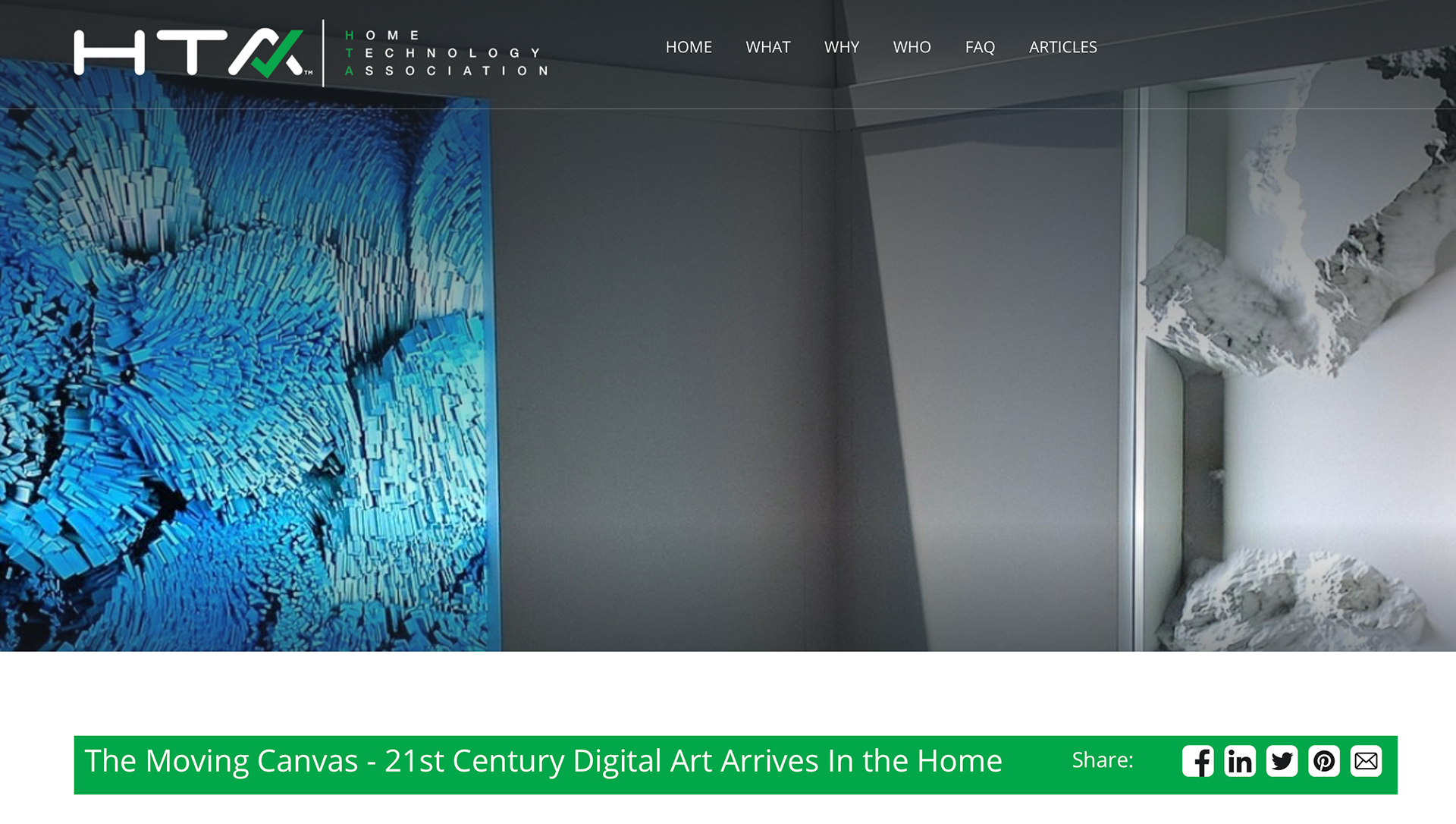
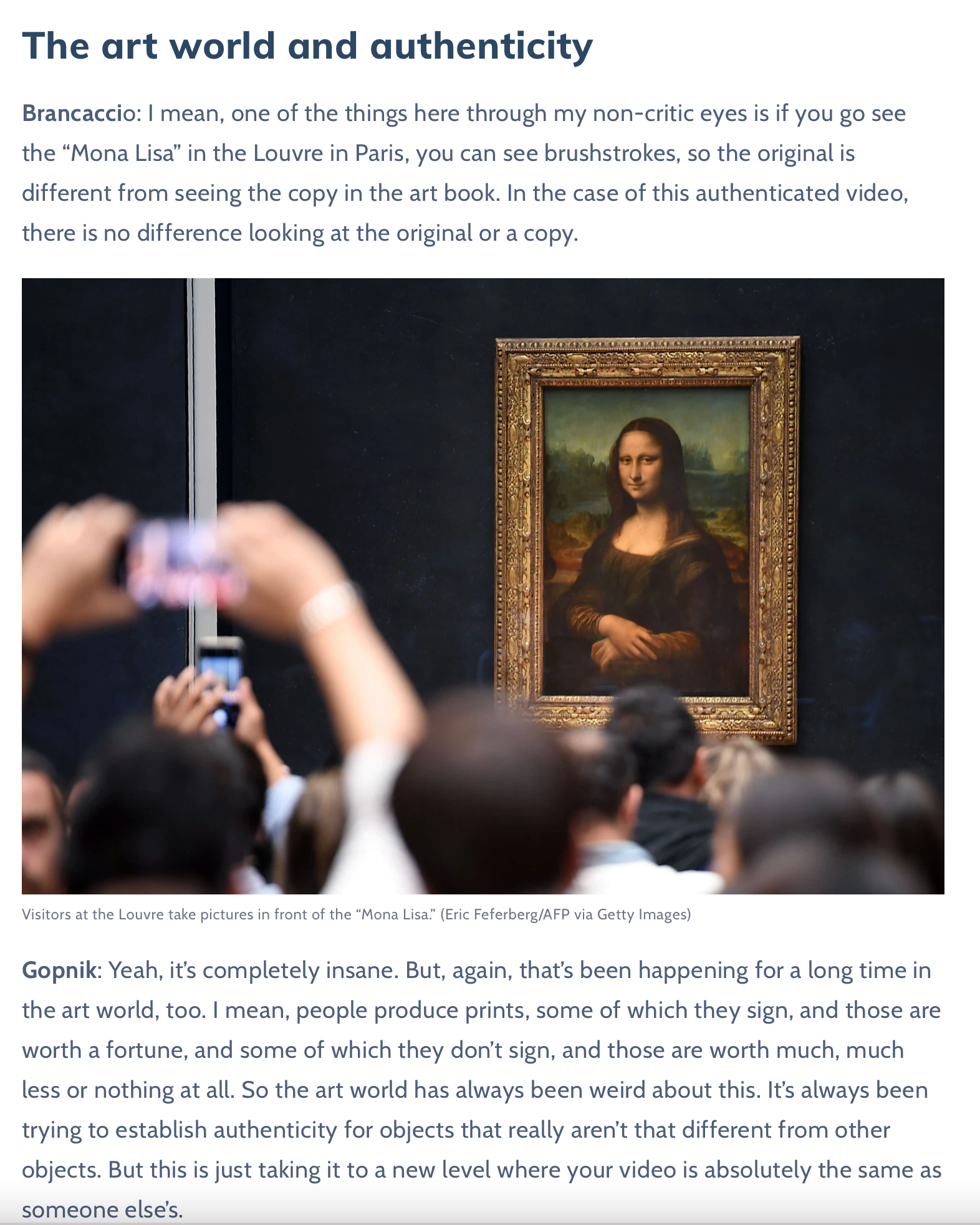
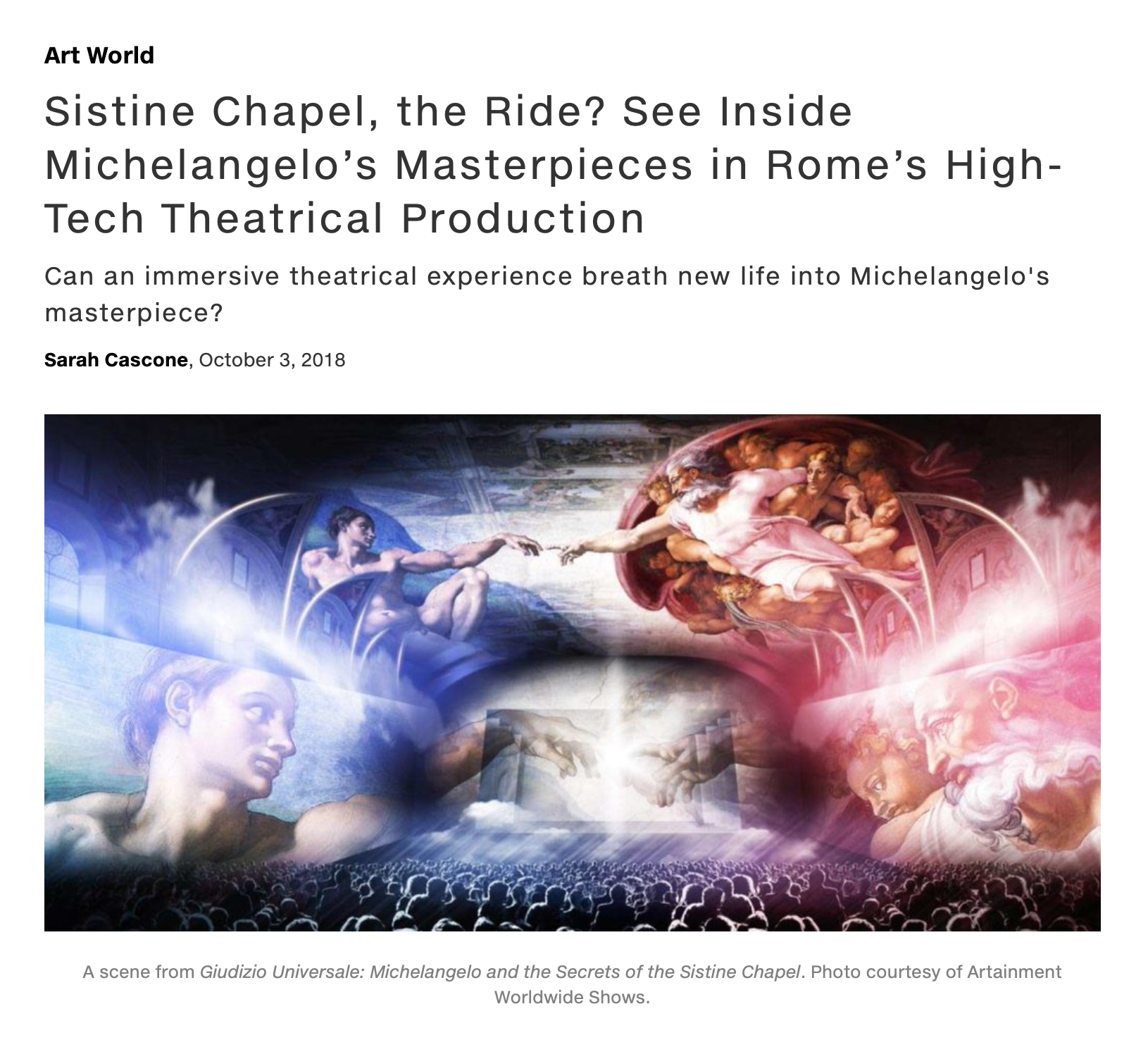
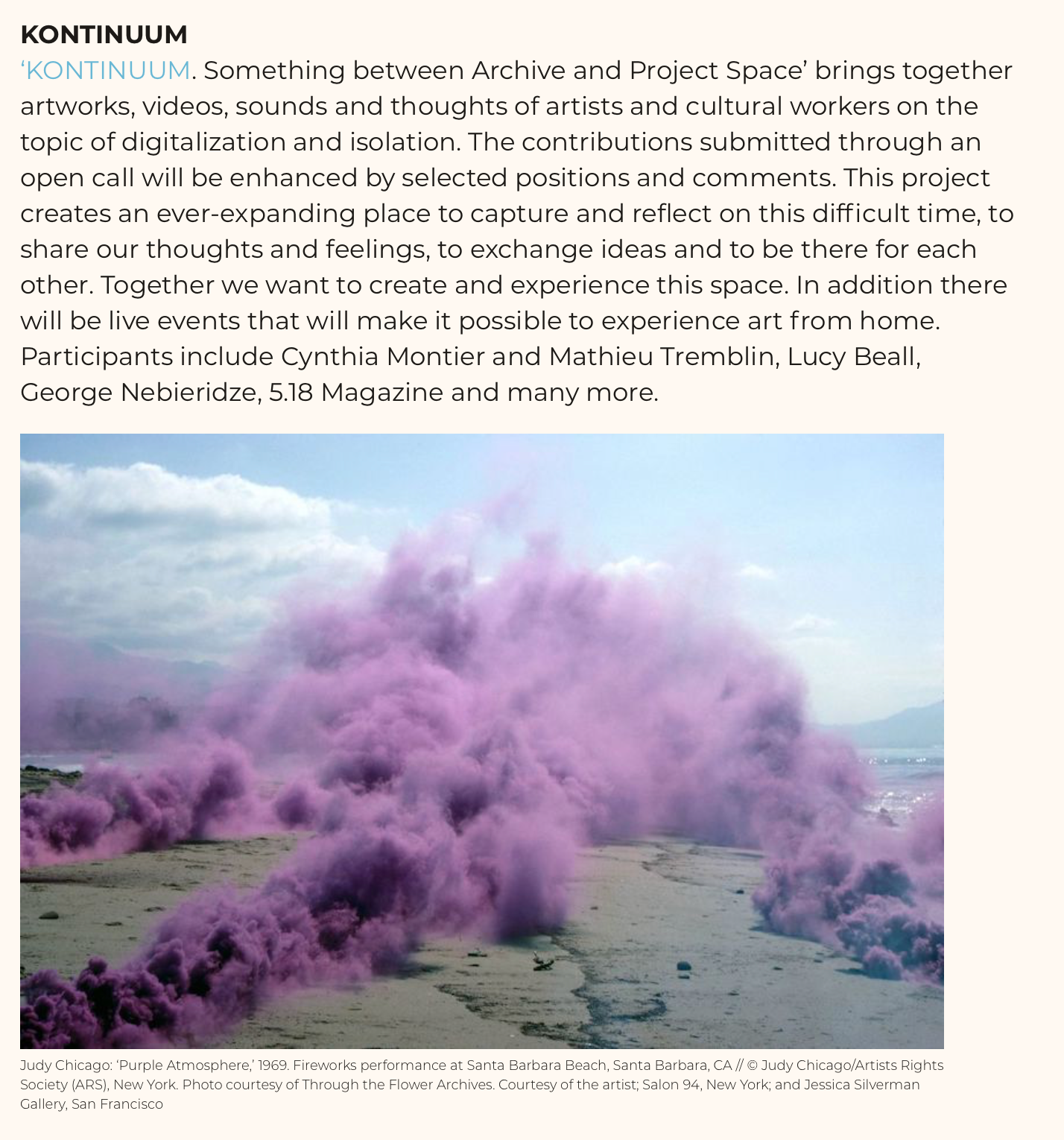
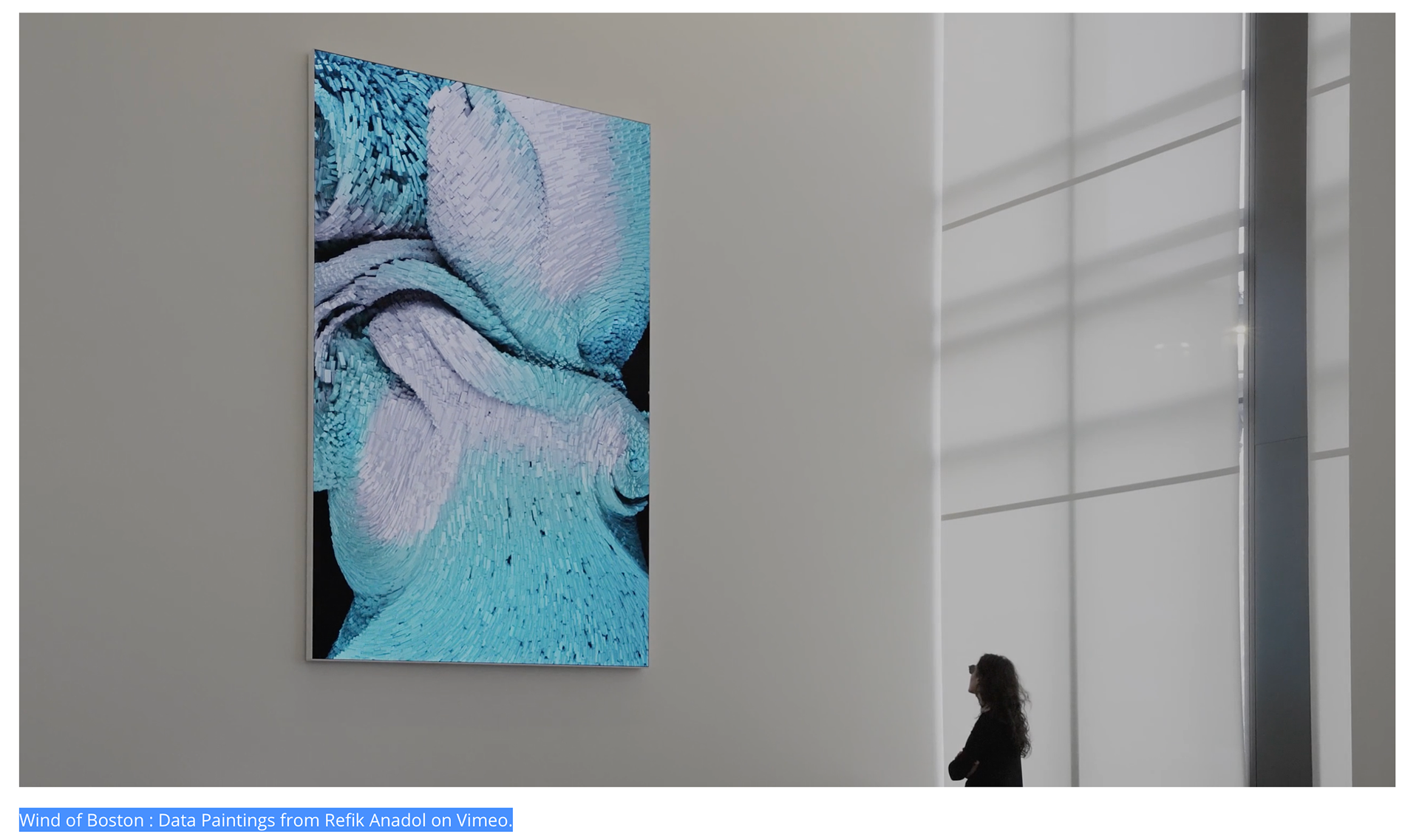
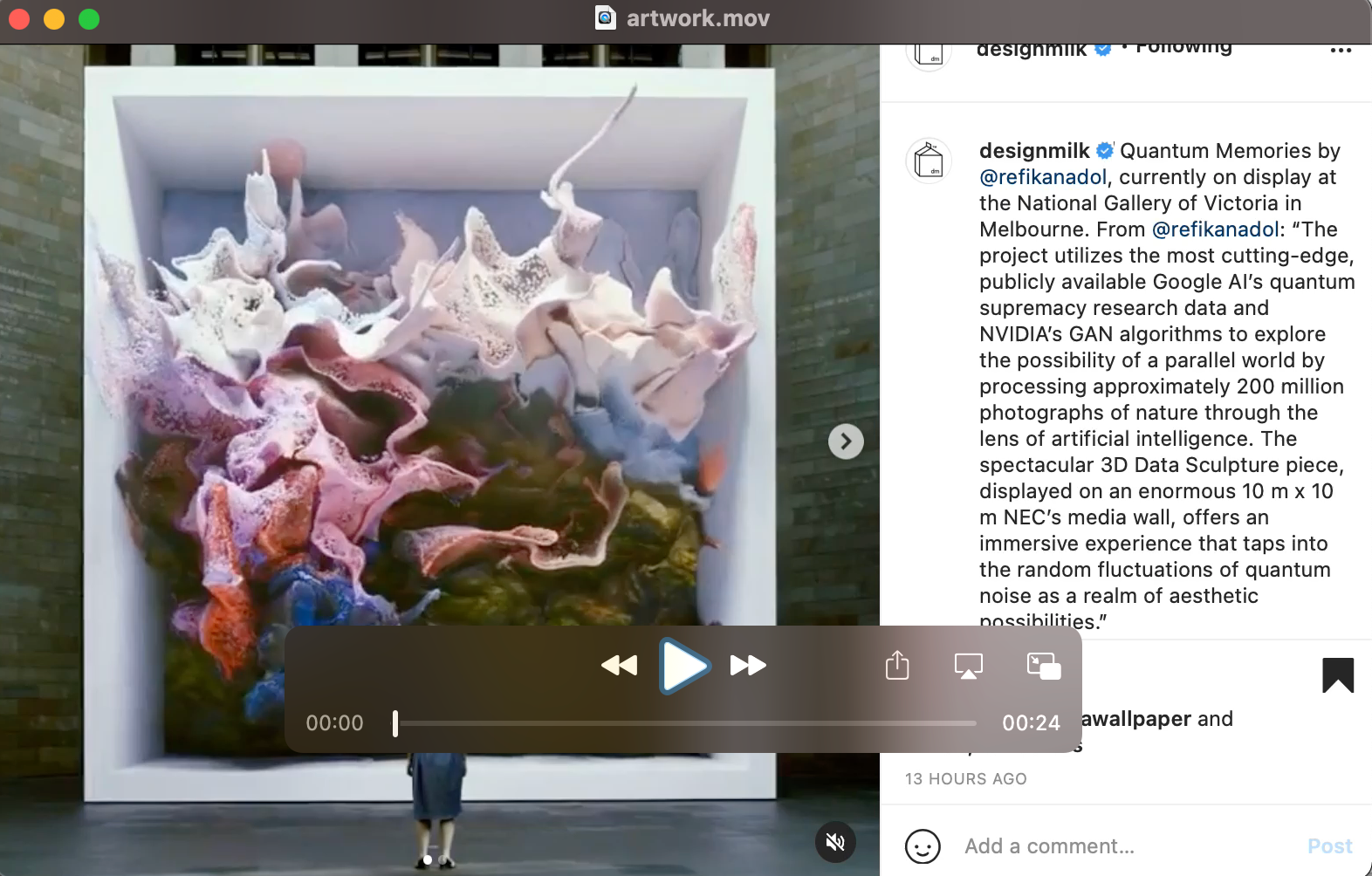
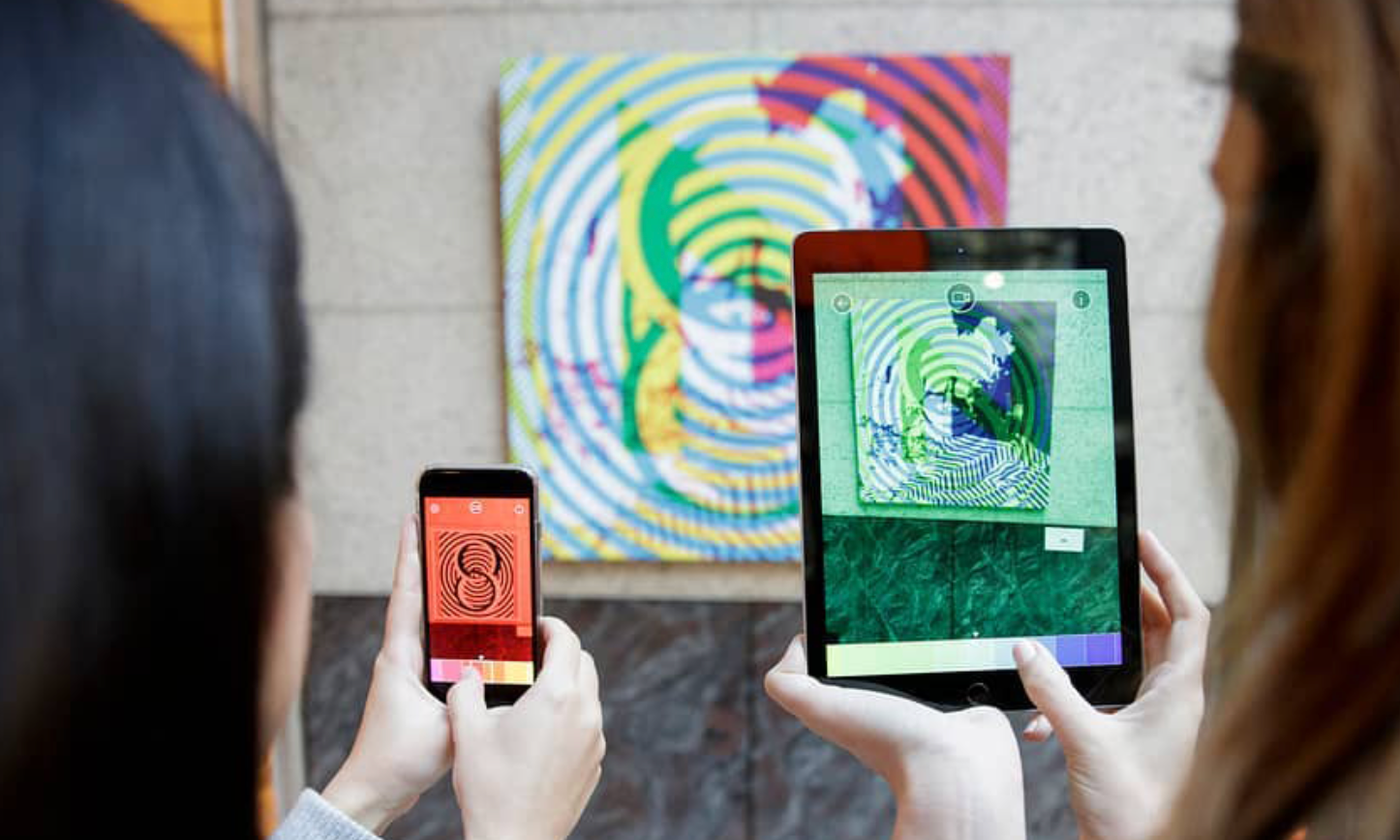
Above are some examples of my research that include journal articles and online databased and sources.
INSIGHTS
Covid 19 - There is a definite divide and sway of opinion pre and post pandemic publishings
Ownership and Authenticity - Exploring the 3 areas I did stumble upon the issue of ownership and authenticity which becomes problematic with the digital platforms and open access. It questions Value, Access, economics and enhanced or diminished experience for the audience
"Now normally in the art world, what you do is when you’ve got, say, a work of video art that you’ve got in a DVD, is you make sure that you don’t release it in a million copies. You just make five copies, and five collectors can own them, you know, for whatever, $100,000 each. But in this case, people are buying these things because they’re already famous, because they already exist in thousands and thousands or millions of copies. So it’s a really weird reversal. If you’re buying the Nyan Cat, this cat that’s dragging a rainbow after it, you’re only buying it because it’s so famous already, because so many other people actually own it. So it’s a very weird, really absurd, kind of ownership". Blake Gopnik You can now own “authenticated” digital artwork. Is that a good thing? David Brancaccio and Daniel ShinMar 2, 2021
